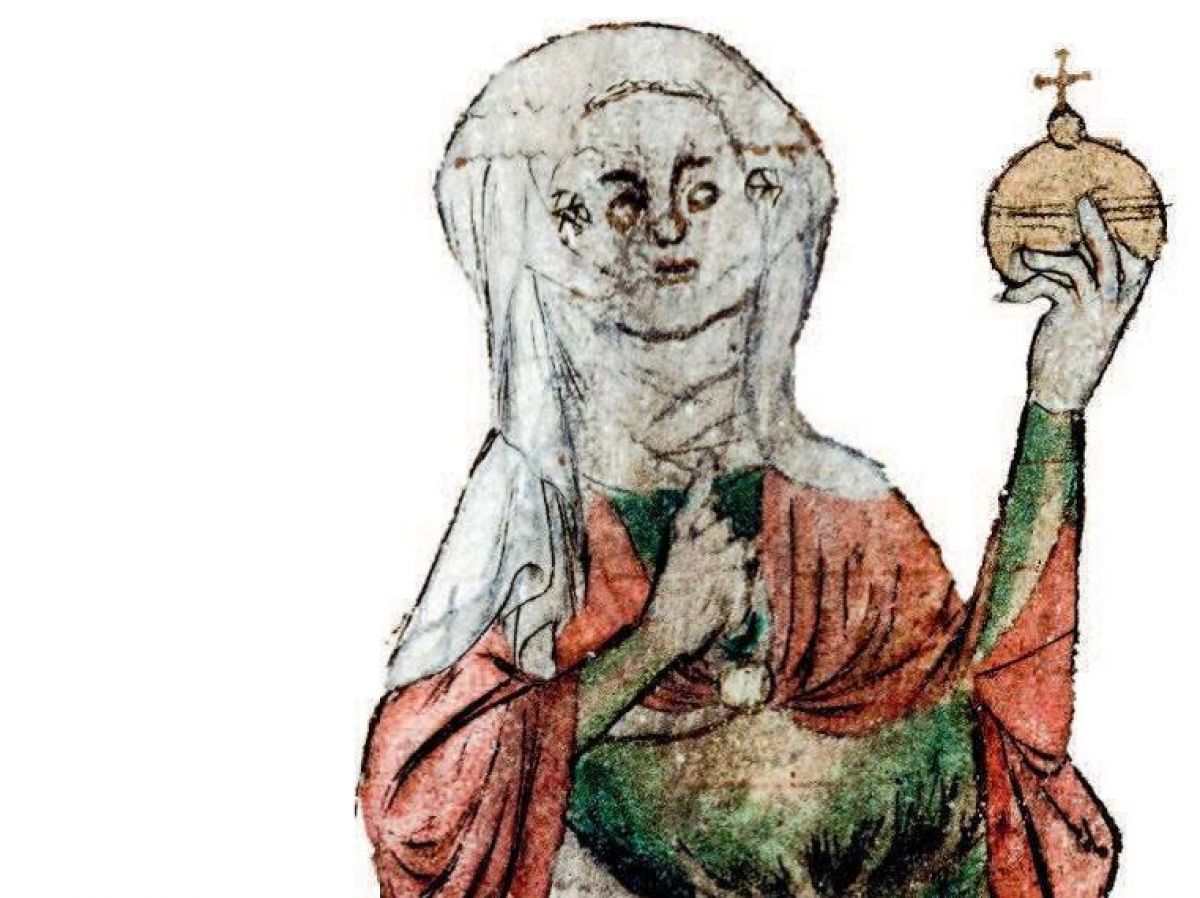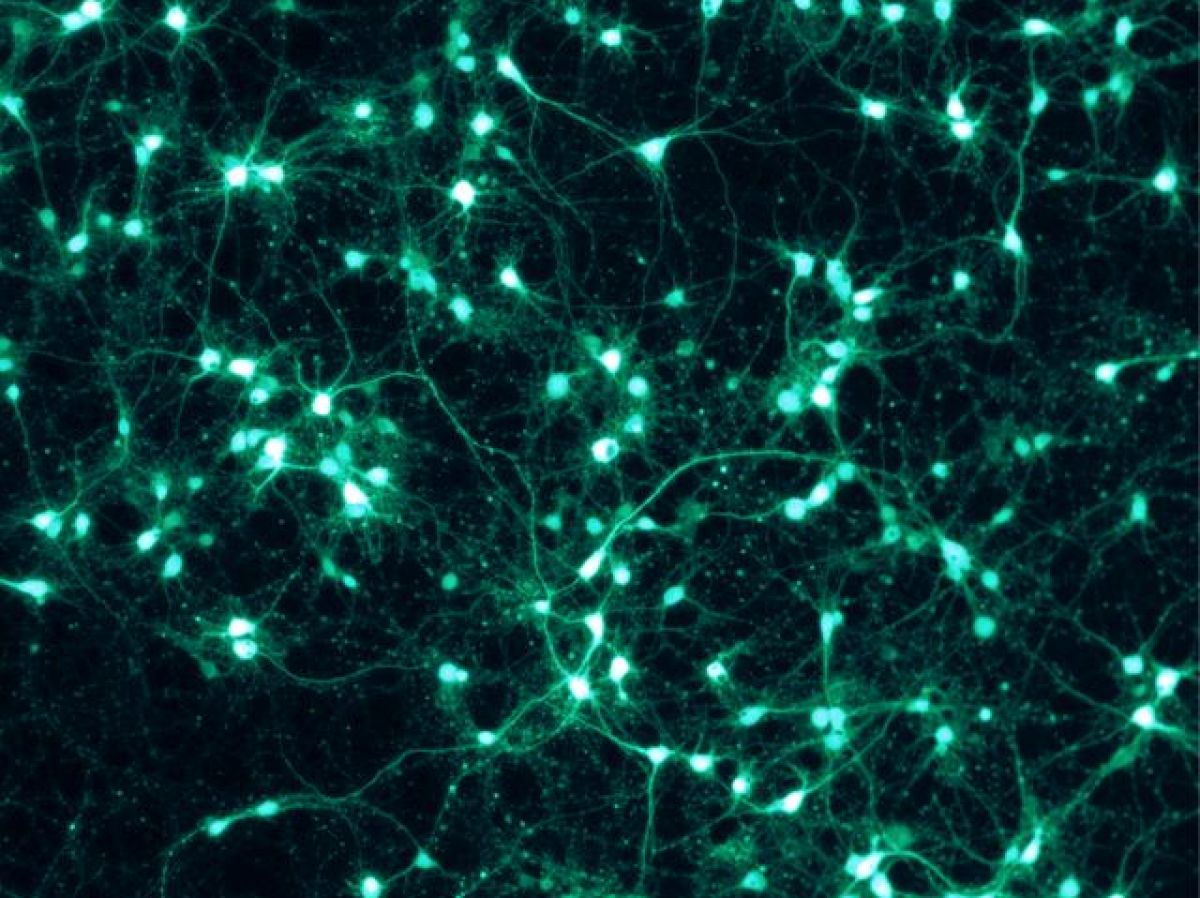This article is from the magazine Les Dossiers de Sciences et Avenir n°221 dated April/June 2025.
Much has been said about the incompetence of medieval doctors and the futility of the care provided by these practitioners speaking in Latin, or about their cowardice in the face of the plague which decimated more than a third of the European population between 1347 and 1353. These are all clichés that make medievalists bristle. "If they had been so bad, there would be no one left to talk about this epidemic!" observes Laurence Moulinier-Brogi, professor at the University of Nanterre. Doctors looked for solutions, tried prophylactic measures. Some fled and advised people to avoid the sick, but many died at their bedside.




